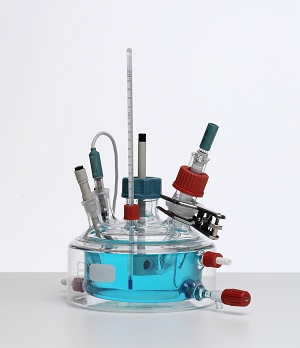Properties Testing

Flash point
Flash point is the lowest temperature to flash when the combustible liquid (oil products) mix with air in a certain concentration. At this temperature combustion can not be sustained, but if the temperature rises it may lead to a big fire. The ignition point a little difference with flash point is the lowest temperature that combustible mixture can continue to burn.
There is much significance of setting flash point, first it is a safety indicator (flammable liquid storage, transport and use), second it is the volatility index of flammable liquid.
Low flash point flammable liquids with high volatility are easy to ignite, poor security. Relatively, high flash point flammable liquids are much safer.
Flash point below 45 ℃ among petroleum are flammable products, such as gasoline, kerosene; above 45 ℃ are combustible materials, such as diesel fuel, lubricating oil.
High volatile oil is easy to evaporate during operation, and even increase oil viscosity, impact the use of lubricants.
Generally, the flash point of flammable liquids need to be 20 ~ 30 ℃ higher than the operating temperature in order to ensure safety and reduce evaporation losses.
Flash point is also used to distinguish different of flammable objects:
Class A: flash point is below 28 ℃, such as crude oil, gasoline, etc.
Class B: flash point is above 28 ℃ but below 60 ℃, Such as jet fuel, kerosene.
Class C: flash point is above 60 ℃ or more, such as heavy oil, diesel oil, lubricating oil, etc.
There are two basic test methods: open flash point and close flash point
Open Flash Point: The results of the test with open flash point tester is called open flash point, expressed as ℃, commonly used in determining oil.
Close Flash Point: The results of the test of close flash point tester is called close flash point, expressed as ℃, commonly used in determining kerosene, diesel oil, transformer oil.
To learn more, visit our page on how we work, or contact for more on our MSDS authoring services.